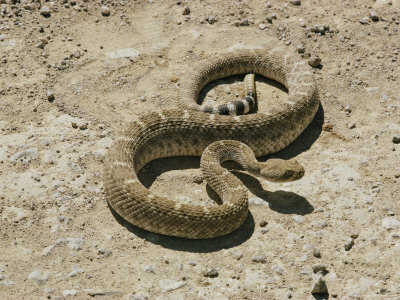Team members
Names / Roles:
- Russell (Leader)
- Shawn (Wiki Writer)
- ZhengRong (Researcher)
- JunWen (Researcher)
Overview
Here are the major deserts on Earth .

- Location of the ecosystem:
Many deserts are found in bands along 30 degrees latitude north and 30 degrees latitude south (between the red lines on the map). Some deserts located by mountains and are caused by the "rainshadow" effect. As air moves up over a mountain range, it gets cold and loses the ability to hold moisture -- so it rains or snows. When the air moves down the other side of the mountain, it gets warmer. Warm air can hold lots of moisture, so it doesn't rain as much, and a desert is formed.
- Description of ecosystem:
A desert is a landscape or region that receives an extremely low amount of precipitation, less than enough to support growth of most plants. Most deserts have an average annual precipitation of less than 400 millimetres. A common definition distinguishes between true deserts, which receive less than 250 millimetres of average annual precipitation, and semideserts or steppes, which receive between 250 millimetres and 400 millimetres. Deserts can also be described as areas where more water is lost by evapotranspiration than falls as precipitation.
- Biodiversity of ecosystem (richness of life in ecosystem):
Hot and Dry Deserts temperature ranges from 20 to 25° C. The extreme maximum temperature for Hot Desert ranges from 43.5 to 49° C. Cold Deserts temperature in winter ranges from -2 to 4° C and in the summer 21 to 26° C a year. A cold desert is a desert that has snow in the winter instead of just dropping a few degrees in temperature like they would in a Hot and Dry Desert.
Physical Factors
Search the Internet for information on the following physical factors in the allocated ecosystem.
- Light (availability of sunlight in the ecosystem)
There are 21 hours availability of suunlight in the desert .
- Temperature (temperature of the ecosystem)
There are different temperature ranges for different types of deserts. The average temperature of the hot desert ranges from 20 to 25° C, but its extreme maximum temperature ranges from 43.5 to 49° C. The average temperatures of the cold desert in winter ranges from -2 to 4° C, whilst in the summer it ranges from 21 to 26° C.
- Water (water quality in the ecosystem)
There are very little amount of water.
- Air (quality of air in the ecosystem)
Around the tropic of cancer and Capricorn, is an area of world that tends to have dry air coming down from the upper atmosphere, causing high pressure systems and dry air. Combine this with the fact that the ocean currents tend to move cold ocean water down certain sides of the continents (The western sides in the north and the eastern sides in the south). Whenever you combine a cold ocean with a warm land, you're not going to have much rainfall. Cold oceans simply provide very little moisture content, while the warm land, evaporates heavily. More simply, think about the mirror in the bathroom when you shower. The reason water condenses on the mirror is because its much cooler than the rest of the air. Warm land won't allow that condensing effect.
- pH (acidic or alkaline environment in the ecosystem)
-
Classification of Living Organisms
PRODUCERS .
Plants found in deserts

PRIMARY CONSUMERS.
Small mammals found in desert (Mouse)

SECONDARY CONSUMERS
Rattle snakes

TERTIARY CONSUMERS
Eagle

DECOMPOSERS
Fungus

Food Web

Interrelationship in Ecosystem
Give at least one example for each of the following relationships in the ecosystem:
- Predator-prey relationship
. Hawk (predator)/lizard (prey)


Desert mistletoe takes water and nutrients from desert ironwood.


In the deserts, mongoose and horn bill birds share a great mutualism relationship. In the desert, there are no trees so the birds are half of the time on the ground and have to look for the food on the ground itself. For resting and sleeping purposes also, birds need the safe ground area. Both the Mongoose and horn bills are exposed to high predator pressures. So, when the mongooses are sleeping or hunting for food, the birds guard them and vice versa. They make certain noises when they see any threatening reptiles and alert the other party. Together they form foraging communities and protect each other.


Useful Links
Plagiarism is a strongly discouraged.
Include the links of all websites you obtained information from to complete your ecology wiki.
For example:
Wild World @ nationalgeographic.com ( http://www.nationalgeographic.com/wildworld/terrestrial.html )
Comments (1)
Ms Chin Su Min said
at 11:21 pm on Mar 15, 2012
nice pictures! keep it up! maybe you can include short descriptions for the pictures e.g. what are the organism featured in the picture.
You don't have permission to comment on this page.